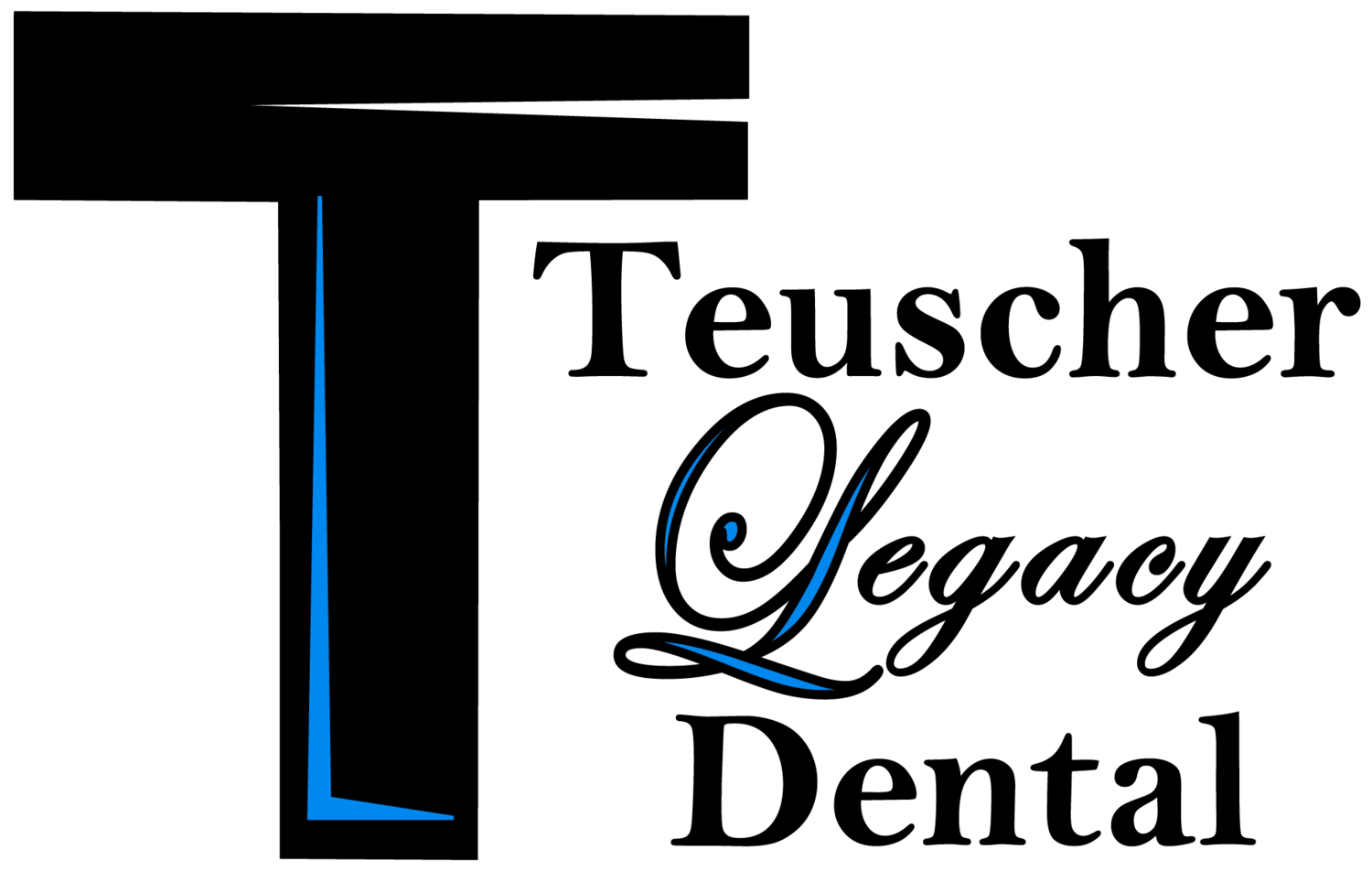The Six Most Common Questions Parents Ask About Baby Teeth
There’s more to baby teeth than you may think! Read below to get answers to the most common questions we encounter from parents- along with inside information about the Tooth Fairy and some bonus cute pictures of young Brayden and Riley!
Do baby teeth matter?
The short answer is Yes. Baby teeth start forming during the sixth week of pregnancy at the same time their neural tube is developing and limbs are beginning to bud. Usually it is the front four teeth that we first start to see at around six months during the dreaded “teething” stage. The discomfort kids have during teething is usually just irritated gums from the teeth erupting. By age three, most children have all 20 baby teeth erupted and functioning in their mouths. Like adult teeth, baby teeth are used for chewing, speaking, and smiling. But they are smaller and spaced further apart than adult teeth, so they also play an important role in maintaining space for the permanent teeth to come in. So if a baby tooth is lost or knocked out of the mouth prematurely, sometimes there are orthodontic consequences for that child’s future. Childhood cavities are the most common chronic disease of childhood– four times more common than asthma. In fact, the data shows that 21% of kids aged two through five and 51% aged six through eleven have tooth decay. There’s a good chance your little one is one of those!
They are gonna fall out anyways. Why brush?
Good question. Like we discussed above, they serve a similar purpose to adult teeth. However, it is important to note that baby teeth have less enamel than adult teeth. This means that when decay is present, it progresses much more quickly than in an adult tooth. As with a normal cavity, a bacterial infection in baby teeth will typically spread from the tooth down the root and eventually into the bone and gums. This is especially concerning since a permanent tooth is developing beneath the baby one! Even a tiny cavity in a tiny baby tooth can cause a lot of pain for your little one.
We do know a sugary diet contributes to dental caries progression- but what we haven’t heard of yet is any kid without a sweet tooth! (pun intended) “Baby bottle caries” is actually a thing- where children may drink a sugary drink right before bedtime, and the sugar remains in their mouth while they sleep, giving bacteria ample time to feed and proliferate. Interestingly, bacteria can ferment the lactose in breastmilk, but studies have indicated that breastfeeding may actually protect against dental caries. Like we already mentioned, losing a tooth early can have spacing implications for expensive orthodontic treatment down the road. This in addition to the obvious speech, eating, and esthetic problems associated with missing a tooth. And at a young age, when confidence is so critical to personal and social development, we want to keep every tooth we can!
How picky is the tooth fairy?
Ever noticed how when baby teeth come out, they don’t have roots? That’s because as the adult tooth forms underneath the baby tooth, it pushes near the baby tooth’s root causing it to resorb. So we can truly say the baby tooth “falls out”, because it no longer has a root attaching it to the underlying bone or gums. Luckily, last we checked, the tooth fairy accepts baby teeth, resorbed roots and all. Usually the first baby teeth to erupt are the front four on both the top and bottom starting around six months, and those are usually the first to fall out also at around age six or seven.
When is the best time to brush?
A simple way to help prevent dental problems is teach your child good brushing habits. The best time to brush is right before bed, so that teeth are nice and clean prior to our longest period of inactivity. Research has shown that our saliva flow decreases at night time possibly due to circadian rhythms and mouth breathing. In either case, this dry mouth means less saliva to rinse our teeth of existing bacteria. All the more reason to brush right before bed!
Further, when we use a fluoride toothpaste, brushing before bed gives fluoride the longest time to act and remineralize your teeth. Keep in mind though, that kids under the age of 3 should only use a smear or rice sized kernel of toothpaste before age three, and a pea sized lump after age three, even for adults. The American Academy of Pediatrics, the American Dental Association, and the American Academy of Pediatric Dentists recommend fluoride toothpaste even for the youngest children. While fluoride does help strengthen teeth, care should be taken that the child does not swallow the toothpaste, but rather spits it out afterward. Excessive fluoride ingestion at younger ages is associated with dental fluorosis, but the ADA states that if it only remains topically on the tooth surfaces, it will not cause any systemic issue.
Should my child floss?
While right before bed is the BEST time for brushing, after breakfast or other times a day is good too. But flossing? For most kids with baby teeth, if they aren’t touching there isn’t as big a need to floss (assuming you are brushing). In adults the teeth contact each other, allowing food and other debris to be caught in between them, in particular in the gums between the teeth. Since baby teeth are spaced further apart, often this is not as big an issue for them. However, their back teeth in particular may be touching, in which case flossing is still important. Sometimes it’s hard for little ones to floss by themselves though, so we recommend parents help. In general, we say the most important skill for kids to conquer is brushing. Once they are brushing masters, then they can begin flossing for themselves. We still recommend flossing for adults though (No excuses mom!)
When should kids have their first dental appointment?
The ADA and the AAPD advise children have their first dental appointment within six months after their first tooth erupts, or no later than the child’s first birthday. We’ve found that a great way to start may be simply bringing your child along for your next cleaning. They can come back with you and watch for a little while, maybe ride the chair up and down a few times, then get excited for their first appointment when they can be examined “just like mom and dad”. It’s helpful to introduce them to our staff and office so that when its their turn, they are comfortable!
For kids we do many of the same things we do for adults- prophylactic cleaning, exam, and possibly topical fluoride. What is slightly different for children is that we try to limit X-ray exposure as much as possible, and we are especially watchful for correct orthodontic development. A child’s first appointment is a great time for them to ask questions and become comfortable with Dr. Teuscher and our friendly staff. Our team loves kids, and with four of his own, Dr. Teuscher is wonderful with children and parents alike. We’d love to see your whole family!
Not convinced yet?
If all that isn’t enough, we have a pretty cool treasure box of toys to take home after the visit. We also have games, books, toys, and a Nintendo in our reception area… And unlimited coffee or tea for our tired parents!
What are your questions?
What other questions do you have about your child’s teeth and taking the best possible care of them? Give us a call with any questions or post them below and we will answer. We are always happy to help, and hope to see you soon!

